Circumstances in which traffic police are allowed to stop vehicles for control in Vietnam
What are the circumstances in which traffic police are allowed to stop vehicles for control in Vietnam? – Khanh An (Ben Tre)
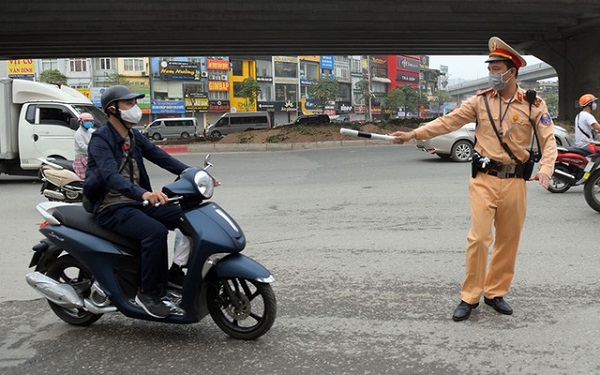
Circumstances in which traffic police are allowed to stop vehicles for control in Vietnam (Internet image)
Regarding this issue, LawNet would like to answer as follows:
1. Circumstances in which traffic police are allowed to stop vehicles for control in Vietnam
According to Clause 1, Article 16 of Circular 65/2020/TT-BCA, traffic police performing patrol and control tasks according to the plan may stop traffic for control in the following cases:
- Directly detecting or, through professional technical means and equipment, detecting and recording violations of the law on road traffic and other violations of the law;
- Implementing orders and plans on general control of road vehicles, plans on patrol, control, and handling of violations according to thematics approved by competent authorities;
- There is a written request from the head or deputy head of the investigating agency; A written request from the relevant functional agency on stopping the means of transport for control in service of ensuring security and order, fighting against crime, and other violations of the law. The written request must specify the time, route, and means of traffic to stop for control, handling, and forces participating in coordination;
- Reporting, reporting, recommendations, and denunciations of organizations and individuals about illegal acts of people and vehicles participating in road traffic.
2. Requirements for stopping and controlling traffic vehicles in Vietnam
Pursuant to Clause 2, Article 16 of Circular 65/2020/TT-BCA, stopping and controlling traffic vehicles must satisfy the following requirements:
- Ensuring safety in accordance with the law and not obstructing traffic activities. When the vehicle has stopped, it must control and handle violations (if any) in accordance with the law;
- When stopping and controlling at one point, at the Traffic Police Station, the requirements specified at Point a, Clause 2, Article 16 of Circular 65/2020/TT-BCA must be met, as well as the following requirements:
Setting up barricades with cone-shaped stakes or tensioned ropes along the road in the part of the road, the lane close to the curb, or the sidewalk to form an area to ensure traffic order and safety according to the regulations of the Ministry of Public Security on the implementation of democracy in the work of ensuring traffic order and safety. The minimum length of the barrier section is 100m for expressways, 50m for national highways, and 30m for provincial roads, district roads, urban roads, communal roads, and special-use roads;
Areas ensuring traffic order and safety must comply with the provisions of the law on road traffic and other relevant laws; there must be sufficient area to arrange and install technical and professional means and equipment, control and handle violating traffic means; arrange traffic police to guide, regulate traffic, and ensure traffic safety.
In case of control on highways, sign No. 245a "Go slowly" or sign No. 245b (for foreign routes) must be placed in front of the Traffic Police Team in the direction of traffic to be controlled in accordance with the law on road signs;
- When stopping and controlling traffic vehicles on expressways, the following requirements must be met:
When controlling at a point, only vehicles are allowed to stop traffic to control and handle violations at the following locations: Tollgate areas, starting and ending points of highways;
When patrolling, mobile control may only stop vehicles entering the emergency vehicle stop lane to control and handle violations in the following cases:
+ Detecting serious violations of traffic order and safety, the risk of causing immediate traffic insecurity;
+ Coordinating the fight against crime;
+ Reporting and denouncing illegal acts by people and vehicles traveling on highways;
+ Detecting traffic stopping or parking improperly on highways.
When the case is solved, it is necessary to clean up the stakes, tension lines, and signs and move immediately.
3. Traffic stop signal in Vietnam
According to Article 17 of Circular 65/2020/TT-BCA stipulating the order to stop traffic means as follows:
- Traffic police's traffic stop signal shall be made through one of the following signals or a combination of the following signals simultaneously:
+ Traffic command sticks, horns, loudspeakers, and priority signals for patrolling and controlling vehicles;
+ Other signals as prescribed by law, including: Signboards, posts, and fences.
- Signaling to stop traffic when controlling at the Traffic Police Station or at a point on the road:
+ The traffic police choose an appropriate position, stand strictly, and face the traffic to be controlled;
Signaling the order to stop traffic at a safe distance; The right hand holds the traffic command stick and points it at the vehicle to be controlled, and at the same time blows the whistle decisively, instructing the driver of the vehicle to be controlled to stop in the appropriate position for control;
+ When receiving the signal, the vehicle operator must slow down and stop the vehicle in position according to the instructions of the Traffic Police.
- Signals to stop traffic while sitting on patrol and maneuvering control vehicles
+ In case the patrol and control vehicles go in the same direction and are in front of the vehicle to be controlled,
Traffic policemen holding sticks to command the traffic to cross to the right or left of the patrolling and controlling traffic (depending on the part of the road or lane where the traffic that needs to be controlled is circulating); then raise it vertically, perpendicular to the ground;
Using loudspeakers, broadcast priority signals of patrol and control vehicles, and guide drivers of traffic vehicles that need to be controlled to stop at a suitable position for control;
When receiving the signal, the vehicle operator must slow down and stop the vehicle in position according to the instructions of the Traffic Police;
+ In case the patrol and control vehicles go in the same direction and are behind the vehicle to be controlled,
Traffic police use loudspeakers to broadcast priority signals for patrolling and controlling vehicles; instruct the driver of the vehicle to be controlled to stop at a suitable position for control;
When receiving the signal, the vehicle operator must slow down and stop the vehicle in accordance with the instructions of the Traffic Police.
Ho Quoc Tuan
- Key word:
- traffic police
- in Vietnam
- Cases of land rent exemption and reduction under the latest regulations in Vietnam
- Economic infrastructure and social infrastructure system in Thu Duc City, Ho Chi Minh City
- Regulations on ordination with foreign elements in religious organizations in Vietnam
- Increase land compensation prices in Vietnam from January 1, 2026
- Determination of land compensation levels for damage during land requisition process in Vietnam
- Who is permitted to purchase social housing according to latest regulations in Vietnam?
-
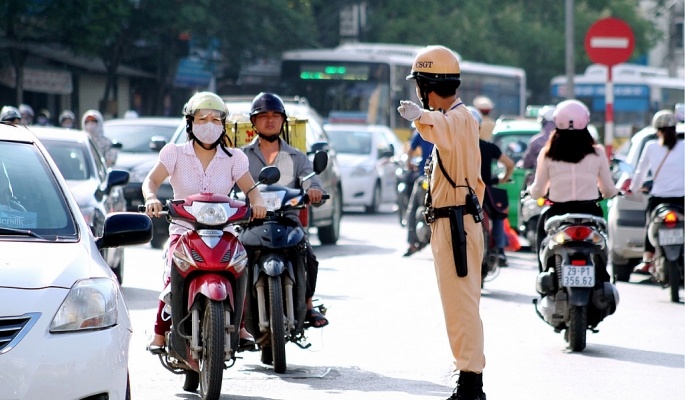
- Regulations on stopping road traffic vehicles ...
- 09:30, 16/01/2025
-
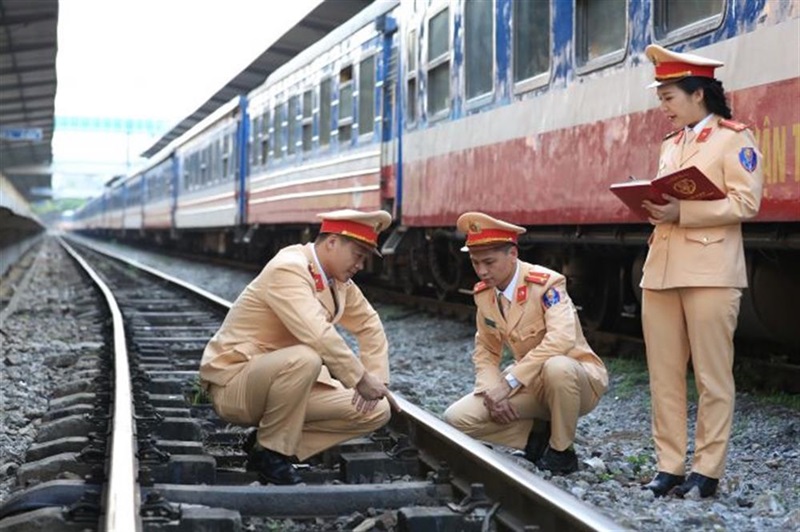
- Duties and powers of Traffic Police in Vietnam ...
- 08:00, 04/12/2024
-
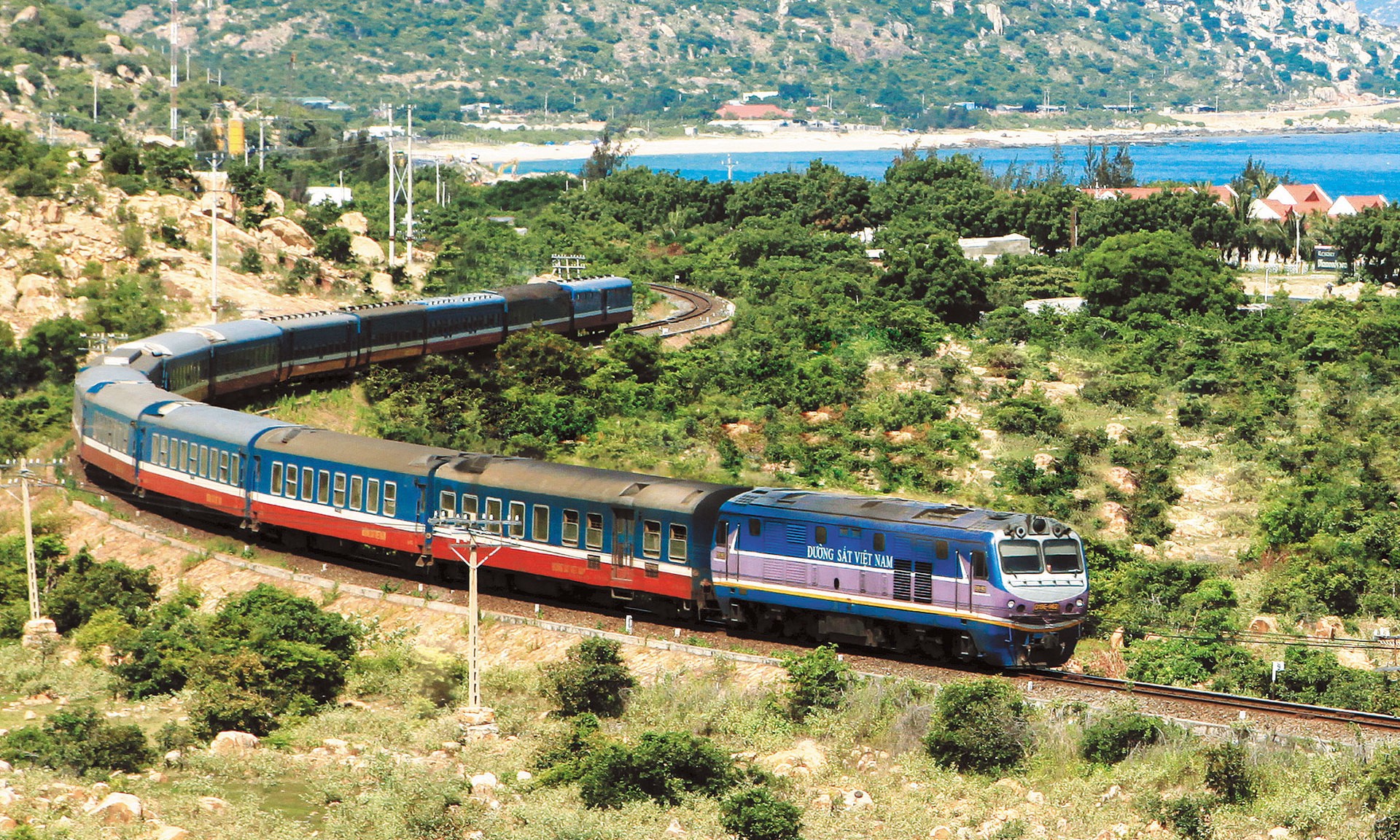
- Duties of Traffic Police in the inspection and ...
- 16:29, 03/12/2024
-
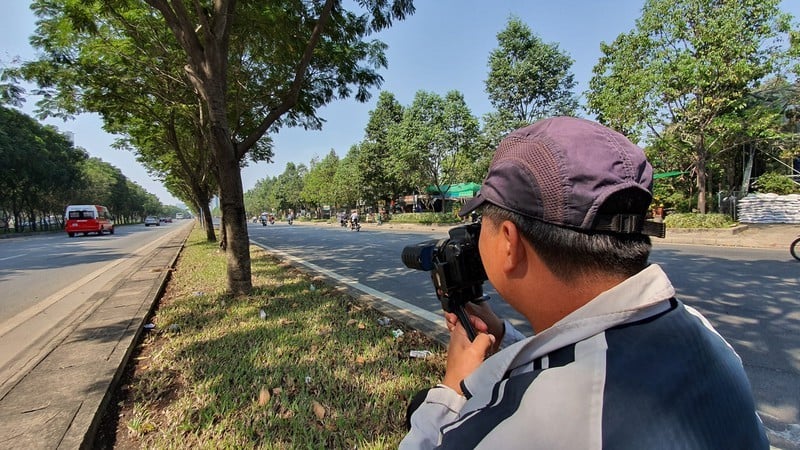
- Traffic Police in Vietnam is allowed for public ...
- 20:04, 02/12/2024
-
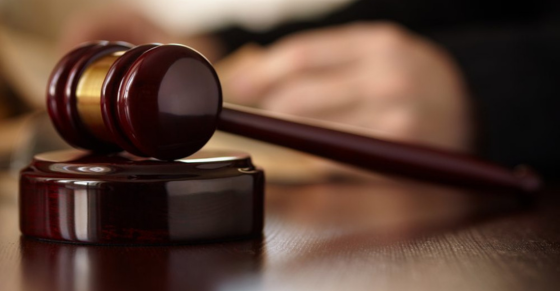
- Guidelines for developing road traffic safety ...
- 16:10, 02/12/2024
-

- Notable new policies of Vietnam effective as of ...
- 16:26, 11/04/2025
-
.Medium.png)
- Notable documents of Vietnam in the previous week ...
- 16:21, 11/04/2025
-
.Medium.png)
- Notable documents of Vietnam in the previous week ...
- 16:11, 02/04/2025
-
.Medium.png)
- Notable new policies of Vietnam to be effective ...
- 16:04, 02/04/2025
-
.Medium.png)
- Notable new policies of Vietnam effective from ...
- 14:51, 21/03/2025
 Article table of contents
Article table of contents
